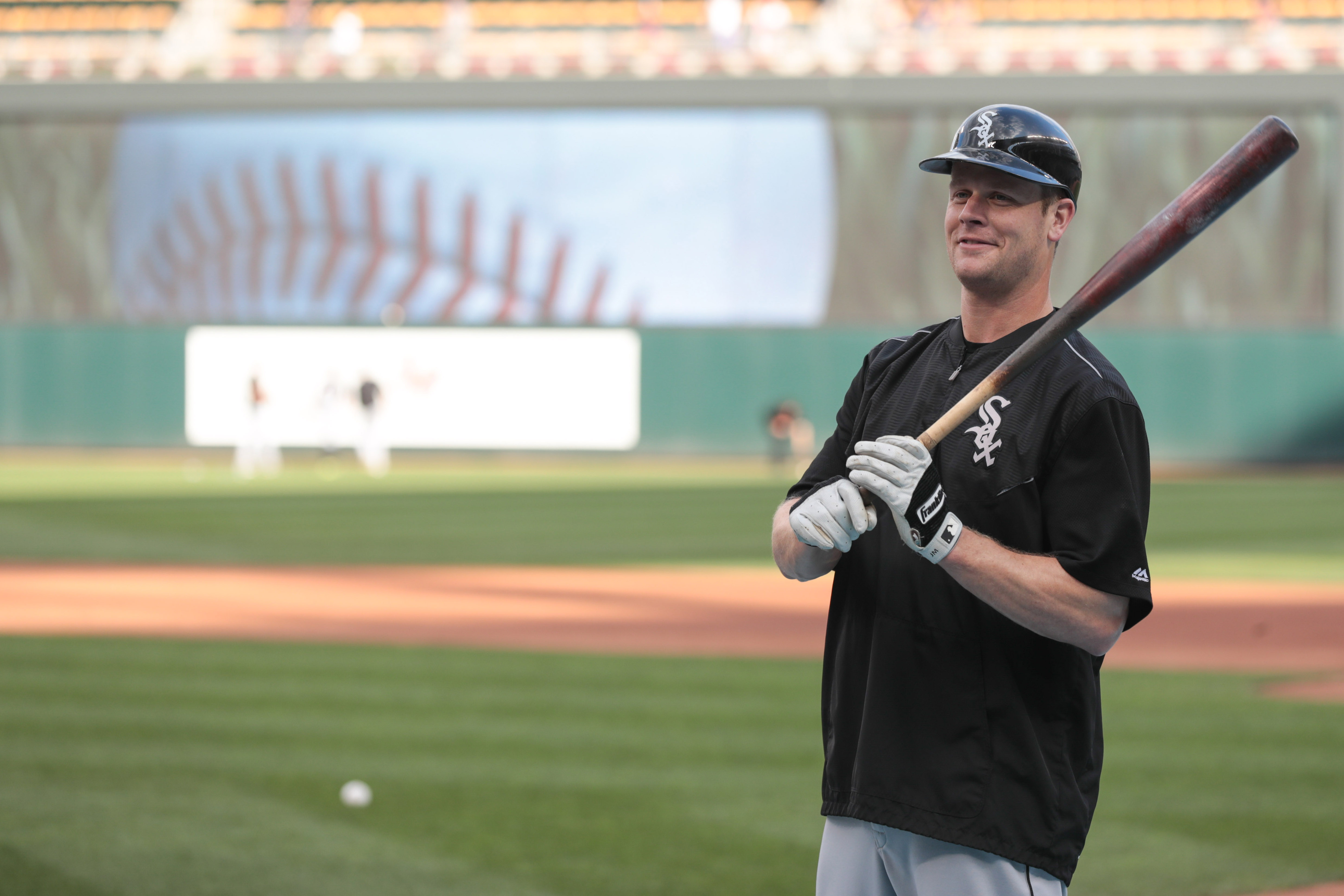When the Spring Training Adam LaRoche fiasco led to his unexpected retirement, a White Sox roster that was being held together by pins and needles lost, if my math is correct, two pins and four needles.
LaRoche’s departure didn’t cripple the White Sox by any means — any team that was a LaRoche away from contention wasn’t a contender to begin with — but it did highlight a weakness in the way the 2016 team was constructed.
The White Sox were lacking in left-handed bats, and more specifically in left-handed power. The hope that they were going to get it from LaRoche was likely misguided, even if he had stuck around. A LaRoche-Avisail Garcia platoon didn’t inspire much confidence, but for a team that was reluctant to spend any significant money on a robust free agent market, it wasapparently the best they had decided they could do.
So when LaRoche bailed, the White Sox were left with Garcia and not much in the form of hope. There weren’t that many fallback options — and some were more appealing than others — but the White Sox opted for Justin Morneau, who signed with the team June 9 and made his debut with the team a little more than a month later on July 15.
Morneau hit .261/.303/.429 in 218 plate appearances, which is more or less what you could expect out of an injury-prone 35 year old. He walked less frequently (5.5 percent, lowest of his career), struck out more often (23.9 percent, highest of his career), and failed to generate the kind of power the White Sox were desperately lacking (.167 ISO compared to his career average of .199, although that number had already been trending downward for a number of years).
I don’t believe the White Sox were foolish enough to believe Morneau was going to be the offensive savior this team so desperately needed, but his being the only backup plan to LaRoche’s departure was just another example of inadequate response to problems that emerged with the roster.
It would be impossible to envision a scenario where a team’s designated hitter abruptly retires three weeks before the start of the season, but it wouldn’t be impossible to have envisioned LaRoche missing time for another reason or simply being unplayable. Depending on a 36-year-old, lumbering, injury-prone DH for left-handed power was likely to be a problem. Having a 35-year-old, lumbering, injury-prone DH as his replacement was unlikely to be a solution.
The White Sox problems were aplenty in 2016. Morneau wasn’t one of them, but he certainly wasn’t part of the solution.
Lead photo credit: Jordan Johnson-USA TODAY Sports
